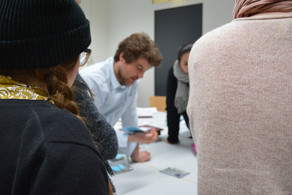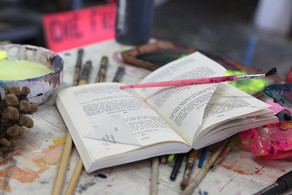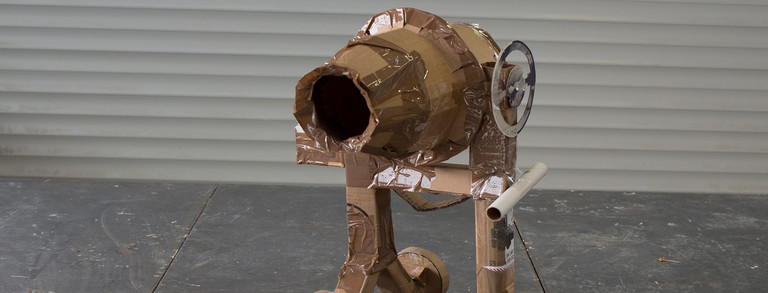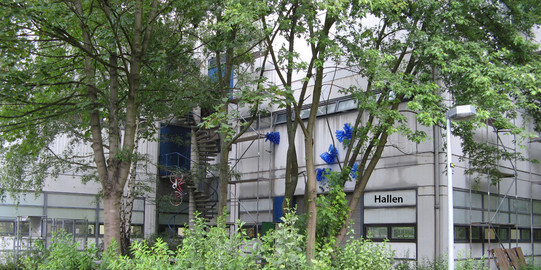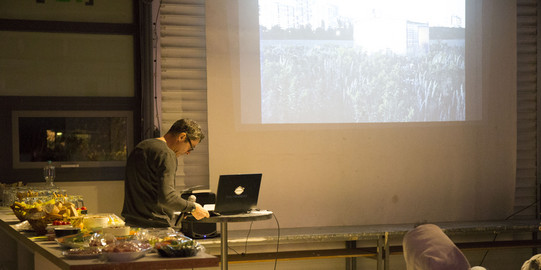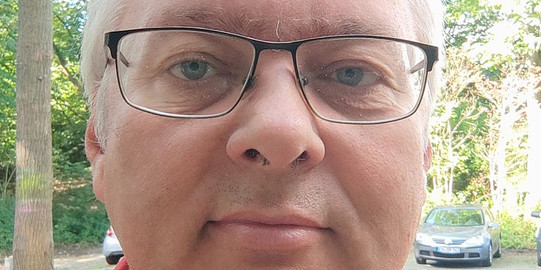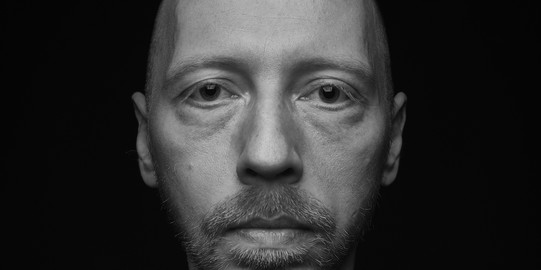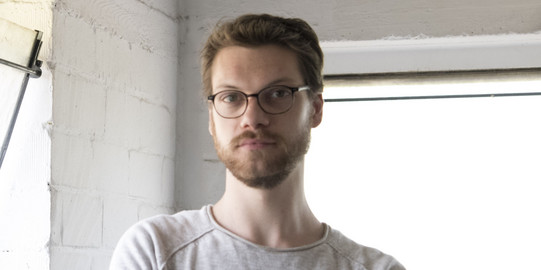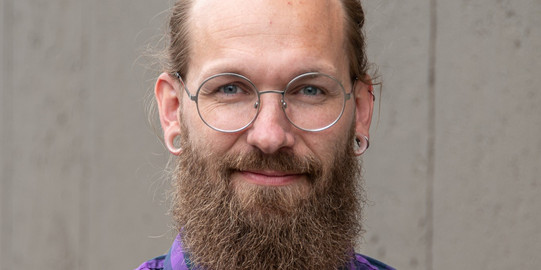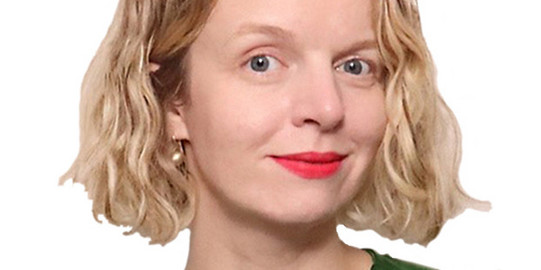Plastik
Sculpture
Das künstlerische Feld der Plastik: Dreidimensional geformte und erfassbare Dinge und vom Menschen gemachter Raum bestimmen unser Lebensumfeld. Künstlerisches dreidimensionales Gestalten ist ein Urtext, der auf eine vieltausendjährige Geschichte zurückgeht und auf den sämtliche angewandte plastisch-materielle und räumliche Gestaltungspraxis zurückzuführen ist.
Künstlerisches Handeln ist die komplexeste Form menschlicher Weltbeschreibung und -formung. Zeitgenössischer Kunstpraxis liegt ein bis aufs Äußerste erweiterter Kunstbegriff zugrunde. Darauf baut selbstverständlich auch das künstlerische Handlungsfeld Plastik auf, das zusammen mit den anderen künstlerischen Gattungen durchweg multidisziplinär zu betrachten ist und Theorie mit Praxis verknüpft.
Das künstlerische Feld Plastik fungiert als umfassendster, intellektuell und sinnlich elaboriertester, räumlich konnotierter Spielraum von Wahrnehmungsebenen, Erkenntnisabbildung, Setzungen und Wahrscheinlichkeiten. Plastik setzt sich als offener, dezidiert experimenteller Möglichkeitsraum mit allem auseinander, was uns als menschliche Wesen umgibt und prägt, insbesondere was dinglich-formbildend, dreidimensional, räumlich und materiell ist.
Plastik bedeutet: mit allen Materialien, mit allen Werkzeugen arbeiten, analog und digital, an allen Orten arbeiten, mit Grenzen und Grenzenlosigkeit arbeiten, experimentelles Forschen und Spielen mit Raum und Körper, Zweidimensionalität, Dreidimensionalität, Vierdimensionalität, etc.
Komplexität und Widerspruch; Erforschen von Linie, Fläche, Raum, Maß, Mensch, Stadt; kritischer Umgang mit Phänomenologien des Alltags, mit den Lebensbedingungen des Menschen, mit Utopien und Wahrscheinlichkeiten; Macht und Ohnmacht der Ideen; Entscheidungen fällen und Kritikfähigkeit erlernen
Künstlerische Lehre im Fach Plastik: Ziele der Lehre im Fach Plastik sind die Erarbeitung und Vermittlung spezifisch künstlerischer Kenntnisse und Fähigkeiten, die dazu befähigen, dreidimensionales künstlerisches Arbeiten entsprechend der Breite zeitgenössischer künstlerischer Praxis und im Kontext fachwissenschaftlicher Theoriebildung und globaler Fragestellungen aktueller künstlerischer und gesellschaftlicher Diskurse aufzufassen, auszuüben und zu reflektieren.
Die Lehre im Fach Plastik vermittelt die handwerklichen Grundlagen und Praktiken und eröffnet auch diskursive Räume vor dem Hintergrund eines erweiterten Kunstbegriffs. Hierzu gehört die Arbeit im und mit Innen- und Außenraum und die größtmögliche praktische Kenntnis der Verwendung aller Arten von Werkstoffen. Die Studierenden sollen in die Lage kommen, eigene künstlerische Positionen zu entwickeln und zu kommunizieren. Sie sollen in der Lage sein, eine künstlerische Idee sowohl skizzenhaft-schnell als auch technisch und materiell hochpräzise umzusetzen. Auch die Entwicklung und Durchführung von Werkschauen und Projektpräsentationen im informellen oder institutionellen Raum sowie die analoge und digitale Dokumentation der eigenen Arbeit sind Teil der Lehre im Fach Plastik.
Prof. Martin Kaltwasser (1965-2022), TU Dortmund
Prof. Nikola Ukic ist seit dem 15.10.2024 Professor für Plastik.
Die Plastik hat eine eigene E-Mail Adresse plastik.fk16tu-dortmundde für Anfragen aller Art.


